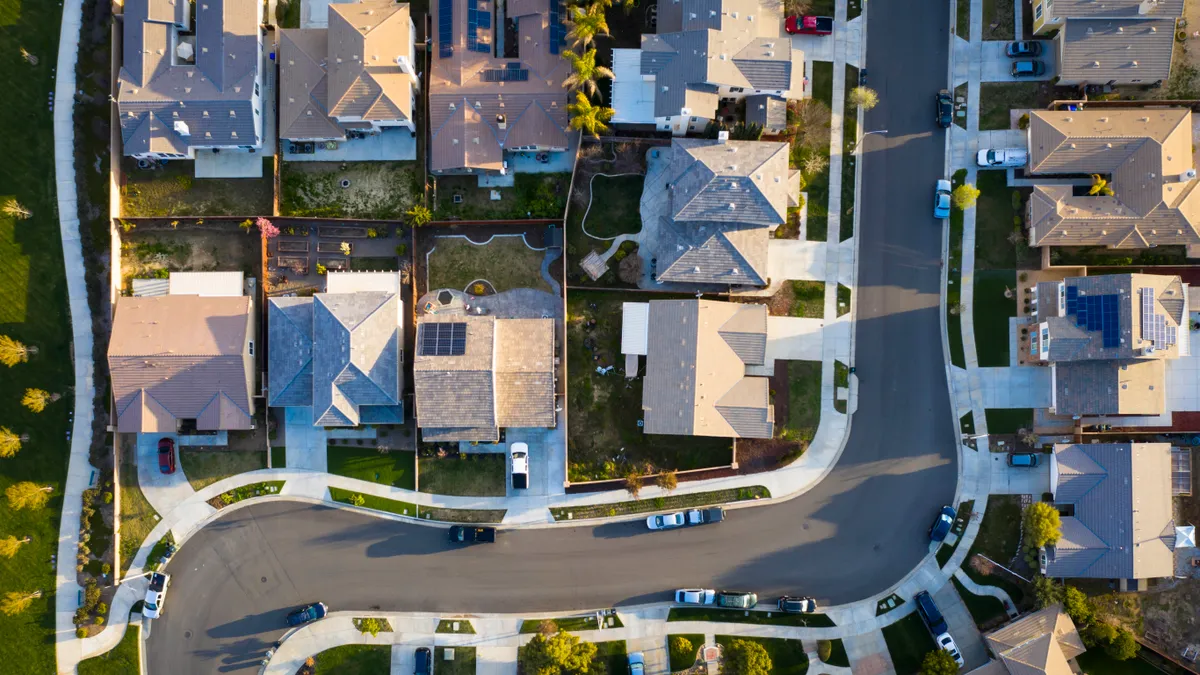Multifamily owners and developers know the pitch: smart thermostats, leak sensors, and connected building systems can cut costs, reduce risk, and boost resident satisfaction. But despite the promise, adoption across the sector has been limited.
The problem isn’t the technology; it’s the financial model. For many owners and developers, the numbers don’t add up.
Residents increasingly expect modern amenities that improve comfort and affordability. But installing and managing smart devices requires upfront capital, ongoing maintenance, and staff resources. Even when these tools lower energy use or prevent expensive repairs, the savings often accrue to residents or utilities, not owners.
That creates a classic “split incentive” problem. The property pays the bill for technology, but the benefit shows up on someone else’s ledger. For owners tasked with protecting margins and ensuring predictability, this misalignment makes investments hard to justify.
Turnover compounds the challenge. Every new lease cycle requires device resets and reconfiguration. Wi-Fi networks must remain reliable across the property. Without a financial structure to balance these costs, the risks can outweigh the potential rewards.
Master metering with submetering offers a way to restructure the value proposition. Instead of each unit being billed directly by the utility, the property takes service at the master meter, and residents are billed for their usage through submeters.
And the value proposition isn’t just theoretical. The potential for increased revenue is not just theoretical. For developers and owners, in 2024 alone Nationwide Energy Partners (NEP) provided $1.6M in residuals, $1.1M in generation shopping participation and $3.8M in capital.
This creates a critical shift: energy efficiency and technology investments can be tied to measurable revenue streams or cost avoidance. A property that installs the right technology or participates in demand response programs can capture part of the financial upside, not just the expense.
This model also opens the door to shared savings approaches, where the property and residents both benefit from reduced consumption and participation in grid programs. The attraction is clear, investments can be evaluated against predictable payback periods and recurring revenue opportunities, rather than treated as sunk costs.
Companies like NEP make the transformation to master-metering seamless and dare I say, easy. As an energy services provider specializing in master-metered multifamily communities, we install smart devices at no cost and share in the revenue generated over time. The result is a win-win: financial friction is removed, and properties are future-proofed with scalable, sustainable infrastructure.
The financial reason to make this transformation isn’t just about energy savings. The right technologies also function as risk management tools. Leak detection can prevent catastrophic water damage that leads to six-figure claims. Real-time monitoring can reduce maintenance emergencies and extend equipment life.
For investors and lenders, properties with proactive risk mitigation and lower operating costs are more attractive. Master-metered models that support smart infrastructure can therefore enhance asset valuation, important for both acquisitions and refinancing.
With more investors asking for clear sustainability metrics, the ability to track and verify energy savings at the building level strengthens a company’s positioning. Submetering data creates a verified record of performance, which can be leveraged in both investor communications and compliance reporting.
At scale, the financial impact grows. Multifamily properties are dense, controllable loads, making them prime candidates for grid programs and VPPs. With the right structure, properties can earn revenue from flexibility services, while residents benefit from transparency and fair billing.
The model also reduces dependence on subsidies or regulatory incentives, creating a self-sustaining path for adoption. That means less exposure to policy shifts and more focus on predictable operating outcomes.
The decision isn't whether smart technology works, we already know it does. The real question is whether the business model supports sustainable deployment. Without master metering or similar frameworks, the financial upside flows away from owners, leaving them with cost but little return.
With aligned incentives, however, the case strengthens:
- Operating cost reduction through efficiency and maintenance savings
- Revenue opportunities from grid services and shared savings models
- Risk mitigation that lowers exposure to costly events
- Asset value enhancement through ESG alignment and operational resilience
Smart tech with zero cost and real revenue can sound like a made-up solution. How can one action, embracing master-metering for multifamily housing, provide so much for so many? The solution has been staring at us the whole time. Now is the time to embrace it and unlock benefits for all.








